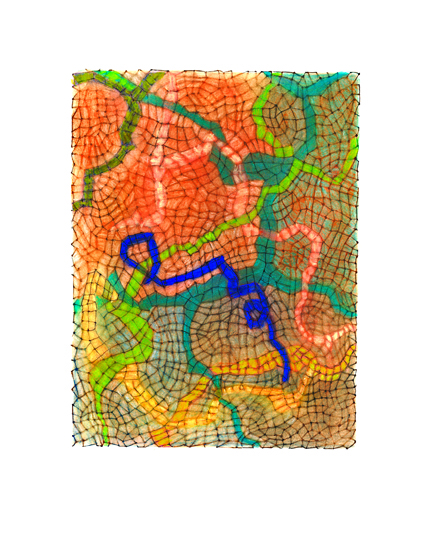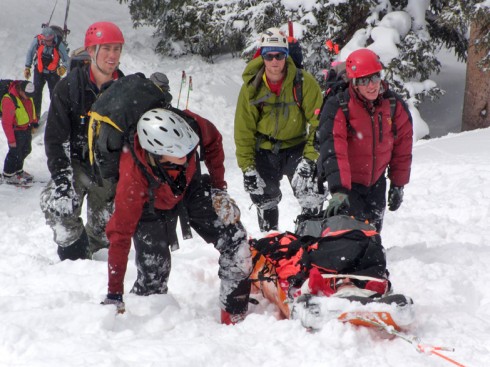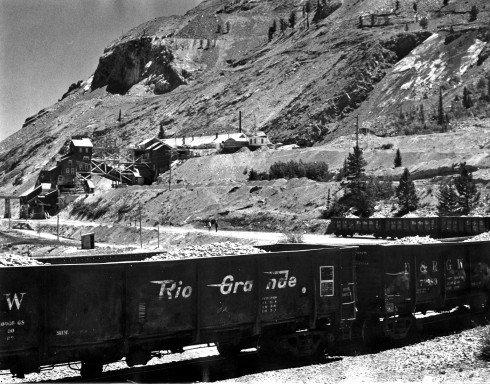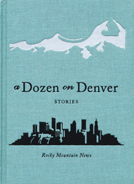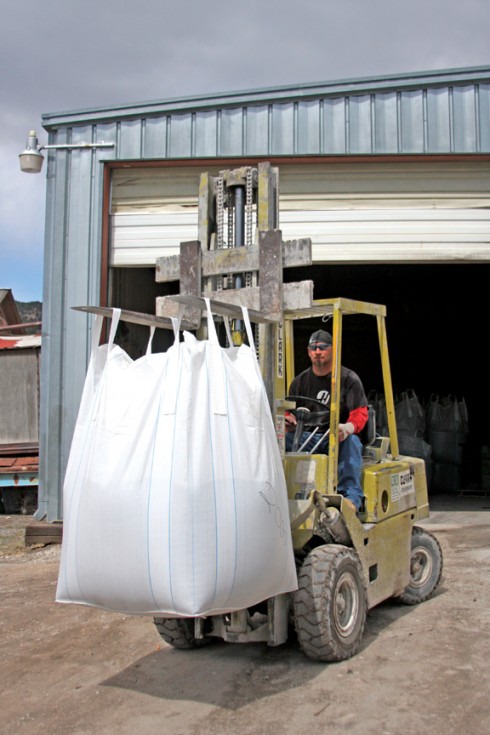by Mel Strawn
Nets, like webs, are linear systems or networks. Jude Silva’s net drawings completely, evenly and elegantly span rectangles about 13 by 10 inches, filling a 23×15.5” space like patterned gossamer floating within a larger white rectangular world. None, however, are just flat patterns; they are spatial structures tied at nodes, mostly four-way but some with three connecting lines and a few with more. In nature, cracks in drying mud or fractured rock or other elastic materials, typically finds three-way, 120-degree patterns. Our minds impose different norms – often 90-degree oppositions, which also occur in non-elastic materials under stress, like ceramic crackle patterns. These drawings result from mental constructs, not depictions of stress patterns. Each drawing is animated in a different way and dances to its own special tune. A few suggest larger geometric or architectural ambitions. Most, and for me the more interesting, find less geometric rhythms and tensions like Number 15, reproduced here (and part of this month’s cover image). Number 11, also shown here, is more austere, sans color, and offers another of the wide variety of spatial effects shown in the whole series.

